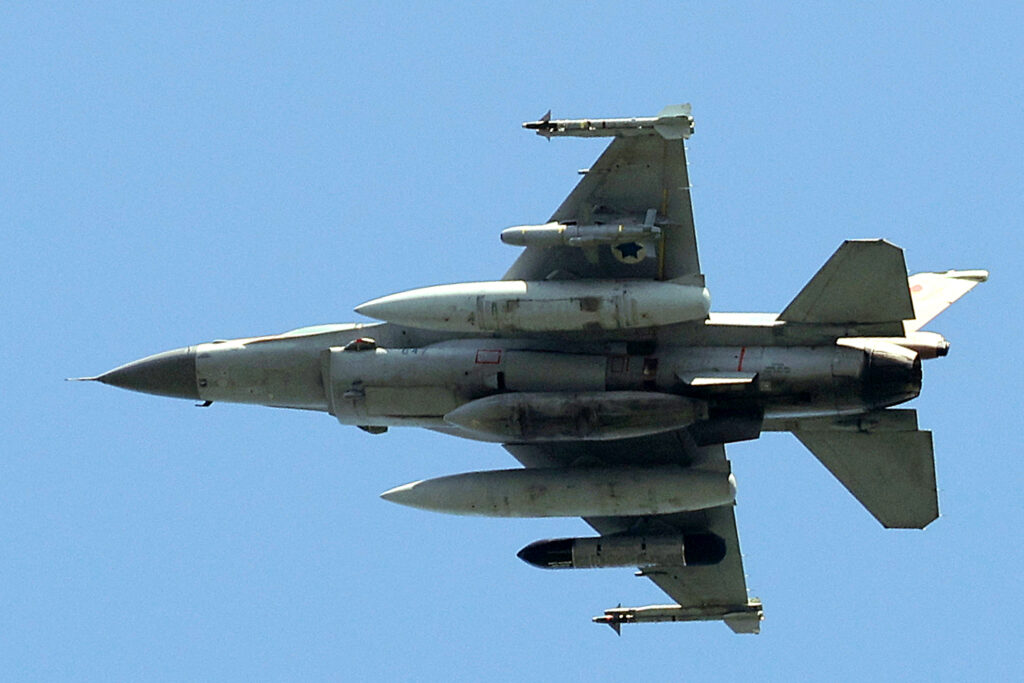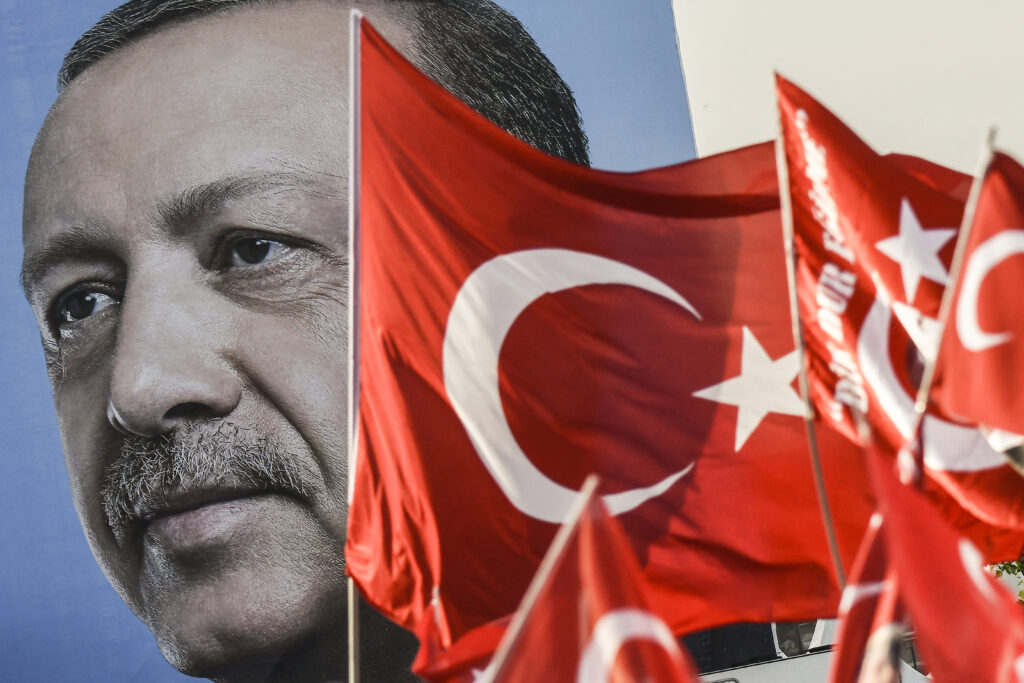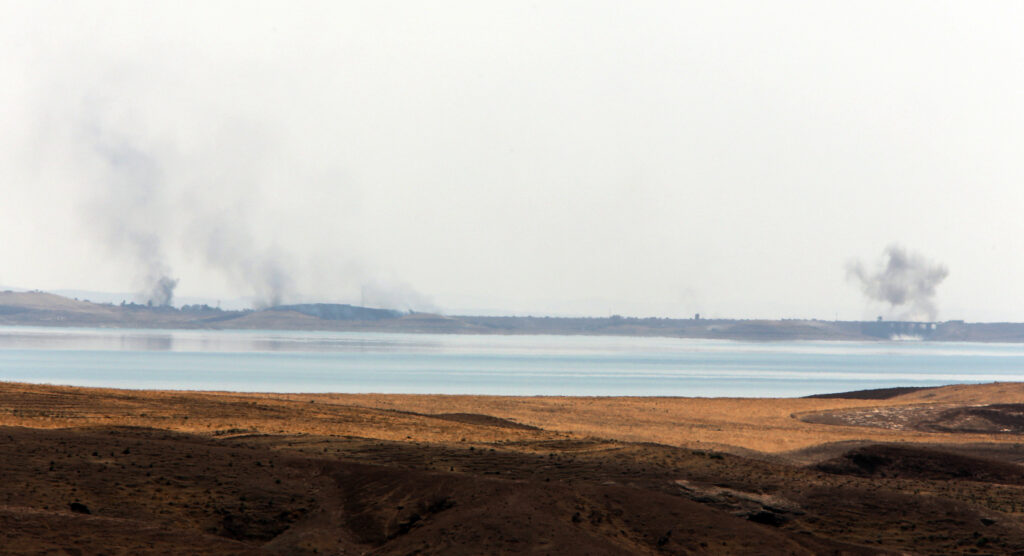MEI Snap Reaction: Israel-Hamas Ceasefire Agreement
- -

The announcement of a ceasefire agreement between Israel and Hamas has been met with a mix of hope and skepticism. After 15 months of devastating war and numerous failed attempts, the idea of ending the conflict had nearly faded from discussions about Gaza. Similar to the ceasefire brokered between Israel and Hezbollah last November, the success of this agreement will rely on the willingness and ability of both sides to meet their commitments: Hamas must release all hostages, while the IDF is expected to reduce (but seemingly not remove) its troops in Gaza. Several factors could lead to the deal’s collapse: Hamas might renege on its promise to release all hostages, Israel’s Prime Minister Netanyahu could delay military disengagement to appease his far-right allies, and perhaps most importantly, the ceasefire is set to begin one day before the inauguration of US President-elect Donald Trump, whose vision for the reconstruction of Gaza is still unclear.
– Jean-Loup Samaan, Senior Research Fellow
From the perspective of the region’s economic future, the ceasefire reached between Israel and Hamas, confirmed by the US and Qatar, may, if it holds, create an atmosphere in which other pressing issues can surface, particularly those directly linked to the economic and financial agenda. In the region, the UAE already has a normalised relationship with Israel, under the Abraham Accords of 2020, signed during Trump’s first term in office.
Mr Trump’s second term will place primary focus on China. For his incoming team, the wars in Europe and the Middle East need to come to an end in order to push their agenda and ensure America maintains a competitive edge against China. While the ceasefire agreement was in the works, the outgoing Biden administration and its Commerce Department laid out an interim rule for export controls against China, which will likely be even stronger under Trump.
Whether Saudi Arabia will take the next step forward with Israel, however, is debatable, as the durability of the ceasefire remains a question.
– June Park, Senior Research Fellow
The ceasefire agreement represents the culmination of efforts coordinated between representatives from both Trump and Biden’s teams, from the incoming and outgoing administrations respectively—setting aside political differences to clinch a deal. Although it seems that both men have no intention of sharing credit, it could be noted that the Biden camp, led by Brett McGurk, hammered out the details of the agreement, while Steve Witkoff, Mr Trump’s Mideast envoy, applied pressure on Israeli Prime Minister Benjamin Netanyahu. In other words, the framework was laid by the former, while the latter pushed it past the finish line.
Geopolitically, the deal reinforces the longstanding notion that the United States remains the only external force capable of arm-twisting the conflict parties—particularly Israel—into a deal. Just two months ago, Qatar, the mediating party, cited a lack of goodwill between Israel and Hamas, prompting the Gulf state to pause its mediation efforts.
Nevertheless, with the agreement entailing three phases, the question is whether it can withstand the test of time beyond the current stage focused on hostage releases. Now that the conflict parties have responded to Mr Trump’s call—”all hell will break out”—it remains to be seen how the incoming administration will roll out policies reflecting the president-elect’s words from last June to “let Israel finish the job.”
-Clemens Chay, Research Fellow
The recent ceasefire between Israel and Hamas reflects a mix of domestic pressures and international diplomacy. For the Biden administration, it’s a bid to secure a key achievement before the end of its term, while US President-elect Donald Trump seeks a stable external environment as he will soon return to office. For Israel, the decision may signal goodwill towards Mr Trump.
Domestically, the agreement has exposed deep divisions within the Israeli society. Demonstrations supporting ceasefire and the return of hostages have occurred alongside protests opposing what critics see as a capitulation to Hamas. With strong opposition from right-wing and hardline members within the Israeli Cabinet, reaching this agreement was undoubtedly a difficult decision for Netanyahu’s government. Nonetheless, bringing hostages home is essential to begin addressing the psychological trauma caused by Hamas’s attacks.
However, while this agreement is an important step, it is far from a solution. The ceasefire only addresses immediate concerns, such as humanitarian aid and hostage release. It avoids tackling deeper issues at the heart of the conflict, including territorial disputes, the status of Jerusalem, and the refugee crisis. Deep mistrust between both sides further complicates prospects for lasting peace.
-Lin Jing, Research Fellow
The ceasefire deal represents a tactical win for Hamas, highlighting vulnerabilities in Israel’s broader strategy. While the agreement secures the release of 33 hostages in the initial phase, uncertainty surrounds their status, with reports suggesting that not all are alive.
US President Joe Biden’s role in advocating this deal highlights his administration’s eagerness to present a foreign policy achievement as it nears its end. However, this approach appears shortsighted. By pressing for Israeli withdrawals from key positions in Gaza and accepting a lopsided exchange of hardened terrorists for a limited number of hostages, the US has inadvertently strengthened Hamas’s hand. Biden’s actions, framed as an effort to stabilise the situation, risk being viewed as appeasement that undermines Israel’s deterrence.
On the other hand, Netanyahu’s acceptance of the deal enhances Israel’s alignment with Washington, particularly as it provides credit to the incoming US President, Mr Donald Trump’s pledge to ensure Gaza will never again serve as a haven for terrorism, which aligns with Tel Aviv’s long-term goals. However, these commitments must be measured against the immediate gains Hamas has secured through this deal.
For Hamas, this agreement signals a significant victory. The group has achieved substantial concessions, gained breathing room from the ceasefire, and maintained leverage with its remaining hostages.
Netanyahu’s pledge to secure the return of all hostages “by any means necessary” leaves the door open for renewed military action, which is not surprising.
-Evangeline Cheng, Research Associate
Image Caption: People celebrating along a street in Khan Yunis in the southern Gaza Strip on 15 January 2025, amid the ongoing war in the Palestinian territory between Israel and Hamas. Thousands of Gazans celebrated as news spread that a ceasefire and hostage release deal had been reached between Israel and Hamas, aimed at ending more than 15 months of war in the Palestinian territory. Photo: AFP
More in This Series
- Pourya Nabipour & Neda Beirami
- -








